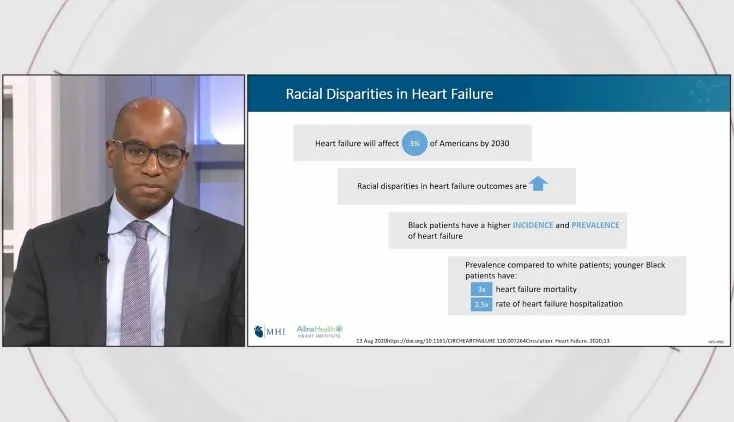Echocardiography, Impella Education, Patient Management
Managing Impella® Position Using Imaging and the Automated Impella Controller™
Jo Kajewski, an advanced Impella trainer, uses the Abiomed simulator to show what a baseline echo should look like for patients on Impella support and how to handle two Impella positioning alarms using the Automated Impella Controller (AIC) and imaging.
A baseline echo for a patient on Impella support helps you understand where the Impella is sitting in the heart. When looking at the parasternal long axis echo view, be sure you can identify the cannula, the inflow cage, and the pigtail. The cannula, often referred to as the “railroad tracks,” appears as two parallel lines. The inflow, which is referred to as the teardrop due to its shape on echo, appears at the end of the railroad tracks, followed by the thin line of the pigtail. When assessing Impella position, the teardrop should be about 3.5 cm from the aortic valve annulus to ensure that the inflow is in the mid-ventricular cavity away from any mitral structures. This position helps minimize hemolysis, suction alarms, and the chance of the Impella being pulled further into the ventricle.
When doing the baseline echo, the display on the AIC helps confirm proper positioning. When Impella is correctly positioned you will see both the AO and LV placement signals and a pulsatile motor current, which indicates that the inlet and outlet are in two different pressure sources.
If an “Impella Position in Aorta” alarm occurs, the AIC displays a red AO placement signal and a flat motor current. The optical sensor is in the aorta, but the cannula is not appropriately across the aortic valve and Impella is not supporting the patient. To resolve this alarm, a physician should follow the steps in the suggestion box on the AIC display. Reduce P-level to P-2 and obtain an echo image of the Impella position. Slowly advance the catheter in 1 cm increments until the inflow is across the aortic valve and a pulsatile motor current returns. Continue advancing the catheter until the teardrop is approximately 3.5 cm from the aortic valve annulus. Tighten the Tuohy-Borst valve and re-establish flow by returning to the desired P-level.
If an “Impella Position in Ventricle” alarm occurs, reduce P-level to P-2 and use the Repositioning Guide as prompted in the suggestion box on the AIC display. The Repositioning Guide, which only becomes available when this alarm occurs, provides step-by-step guidance for repositioning the catheter without using echo guidance (although it is a best practice to confirm with echo when feasible). After loosening the Tuohy-Borst valve, pull the Impella back in 1 cm increments until you see an aortic placement signal. Then, pull the Impella back 3 cm using the centimeter markings on the catheter. Tighten the Tuohy-Borst valve and slowly return flow to the desired P-level.
Please refer to IFU for a complete list of steps.
NPS-607


